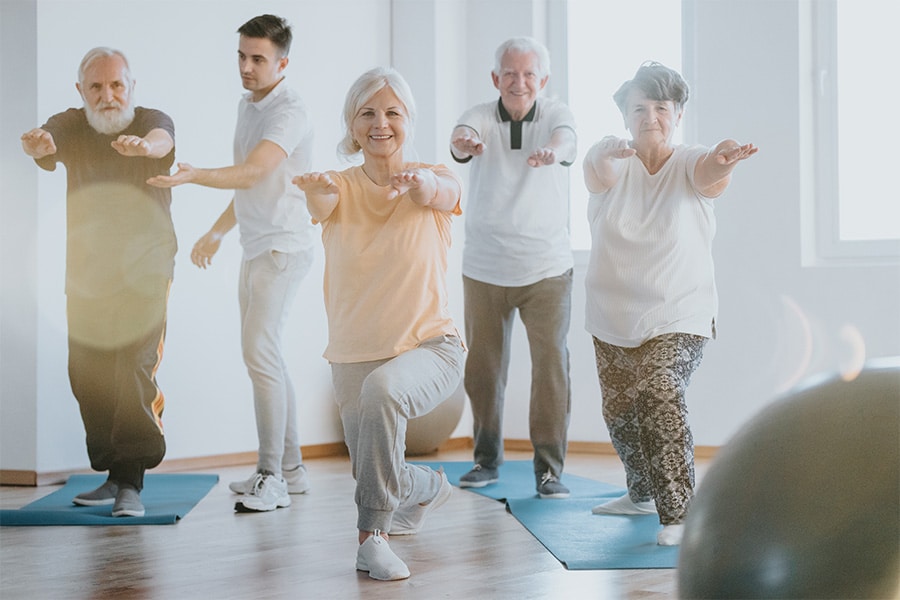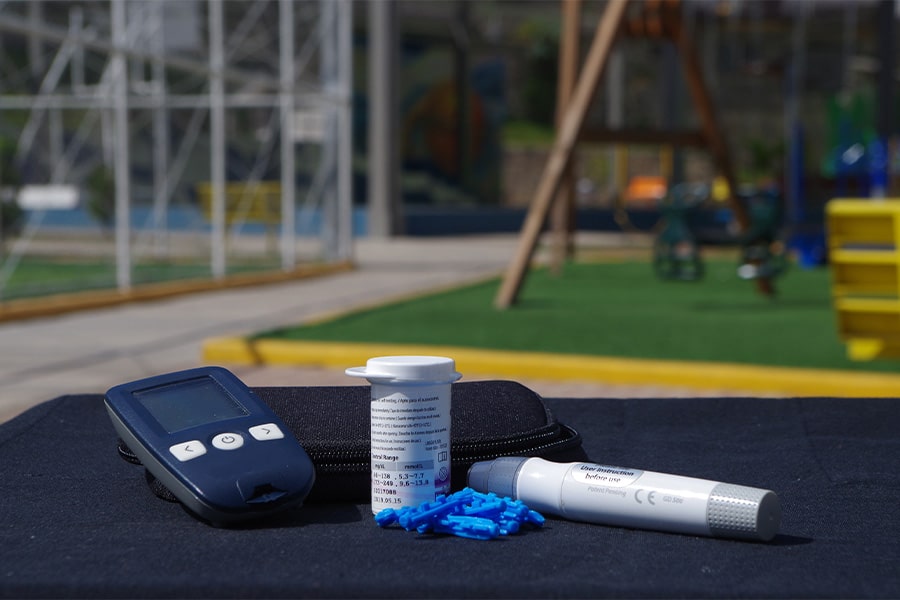Parkinson’s Disease is a neurological condition which affects approximately 6 million people worldwide, although discussion of this disease tends to be forgotten at times. Its cause its largely unknown, while there are currently a range of theories pertaining to its reason for onset. Read on to learn about the definition and symptoms relating to Parkinson’s disease, its prevalence around the globe and the tireless research which is being performed.
According to Parkinson’s Australia, “Parkinson’s is a progressive neurological condition which is characterised by both motor and non-motor symptoms”. Here are some of the most common symptoms:
- Tremor: The most prevalent symptom of Parkinson’s, depicted as an involuntary movement or shaking, typically of the hands and feet.
- Bradykinesia: Is characterised as the slowness of movement and can become observable through abnormal gait, lack of facial expressions, difficulty with repetitive tasks.
- Muscular Stiffness: Rigidity affecting the limbs and extremities, making everyday movement patterns difficult and often painful.
- Postural Instability: A symptom which causes a loss of reflexes assisting posture. This can become evident through a lean to one side, abnormal gait and becoming unstable while standing.
There are currently a range of theories as to the main cause of Parkinson’s Disease. Leaders in Parkinson’s Disease research have concluded that the most prevalent causes are genetic risk factors through family history, exposure to environmental pathogens for example chemicals and pesticides, as well as the presence of clusters of Lewy bodies in the brain which cause degeneration. New research has also proven stress and depression as a prevalent risk factor contributing to the onset of Parkinson’s Disease due to a decrease in dopamine.
Parkinson’s Disease is currently diagnosed according to the following stages of progression.
- Stage 1: Mild symptoms, typically only present on one side of the body and relate to posture.
- Stage 2: Progression of mild symptoms, can present in walking and difficulty in performing usual tasks.
- Stage 3: Moderate symptoms which affect the body bilaterally, as well as loss of balance and slowness of movement.
- Stage 4: Severe symptoms, minimal independence with tasks. Difficulty walking and standing unassisted.
- Stage 5: Extremely severe symptoms, wheelchair bound. Can’t mobilise independently, higher prevalence of nonmotor symptoms.
Parkinson’s Disease and its diagnosis tends to be an ongoing investigation between specialists and treatment providers. Once an individual begins to experience symptoms, General Practitioners and Neurologists can use the diagnostic check list of symptoms to determine the basis of diagnosis. Unfortunately, there are currently no biological or radiological procedures which can directly identify Parkinson’s Disease or it’s stage of progression. However, other radiological and testing battery can be performed to rule out other neurological conditions which present similarly.
Treatment of Parkinson’s Disease tends to depend on the individual, as well as the stage of progression. Most treatment forms act to reduce the severity of related motor and nonmotor symptoms. This is due to the fact that Parkinson’s Disease is a progressive disease which has no cure. Initially, pharmacological treatments are provided, which include dopamine-based therapies to assist with motor symptoms, while nonmotor symptoms are assisted by pharmacological avenues.
Pharmacological treatment can also be seen in conjunction with exercise therapy typically provided by an Exercise Physiologist or Physiotherapist. Exercise aims to maintain the individual’s strength and flexibility levels to reduce disability and improve quality of life. This treatment can also delay the progression of Parkinson’s Disease, reduce pain symptoms, and assist with muscle rigidity and balance deficits. If these treatments are having less than optimal effects, individuals can also opt for Deep Brain Stimulation, which involves the delivery of small electrical impulses to the brain, which disrupt the abnormal activity in the brain that causes Parkinson’s symptoms.
In 2021, progress towards fighting and treating Parkinson’s Disease is rapidly changing. Growing research is helping to improve the quality of life of those diagnosed with Parkinson’s, improve early diagnosis and work towards finding avenues for prevention and cure. Parkinson’s Awareness Month is helping to bring recognition to the cause, raise vital funds to assist further research, and support those who have been diagnosed with this debilitating disease.
If you would like any further information on Parkinson’s Disease or know someone that may benefit from Exercise treatment for Parkinson’s Disease, have a chat with your nearest Exercise Physiologist.
Author: Serena Andersen, AEP ESSAM
Dallé, E., Mabandla, M.V. Early Life Stress, Depression And Parkinson’s Disease: A New Approach. Mol Brain 11, 18 (2018). https://doi.org/10.1186/s13041-018-0356-9
Armstrong MJ, Okun MS. Diagnosis and Treatment of Parkinson Disease: A Review. JAMA. 2020;323(6):548–560. doi:10.1001/jama.2019.22360
Eidelberg, D (April 2, 2021). The Progress in Fighting Parkinson’s Disease. US News. The Progress in Fighting Parkinson’s Disease (msn.com)
LeWitt PA. New options for treatment of Parkinson’s disease. Baillieres Clin Neurol. 1997 Apr;6(1):109-23. PMID: 9426871.
- A. Davie, A review of Parkinson’s disease, British Medical Bulletin, Volume 86, Issue 1, June 2008, Pages 109–127, https://doi.org/10.1093/bmb/ldn013
Sveinbjornsdottir, S. (2016), The clinical symptoms of Parkinson’s disease. J. Neurochem., 139: 318-324. https://doi.org/10.1111/jnc.13691
Hajj R. (2019) Parkinson Disease Therapies and Drugs. In: Singh S., Joshi N. (eds) Pathology, Prevention and Therapeutics of Neurodegenerative Disease. Springer, Singapore. https://doi.org/10.1007/978-981-13-0944-1_13



